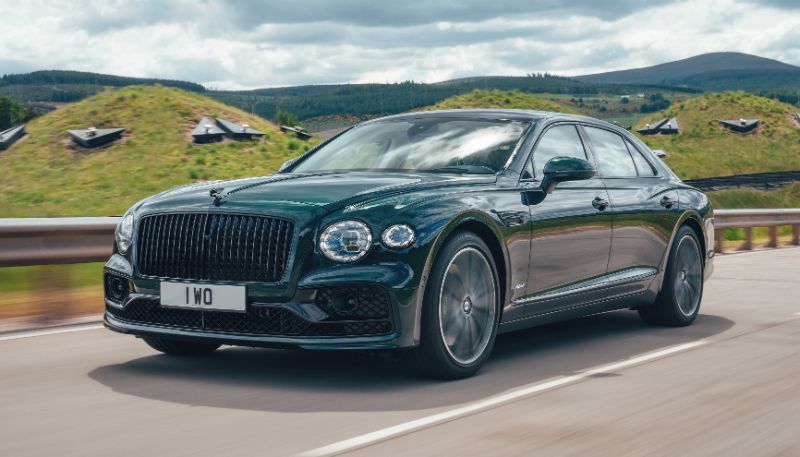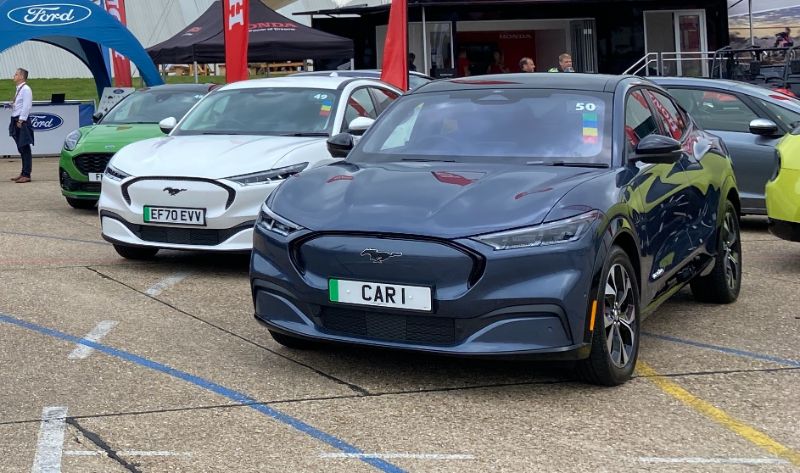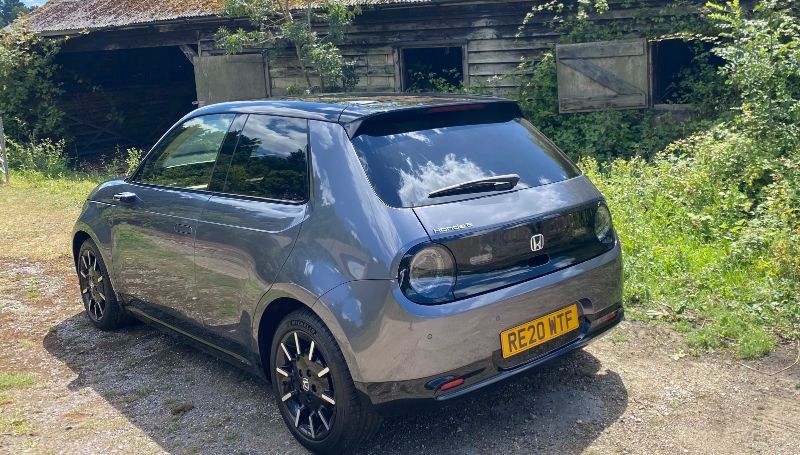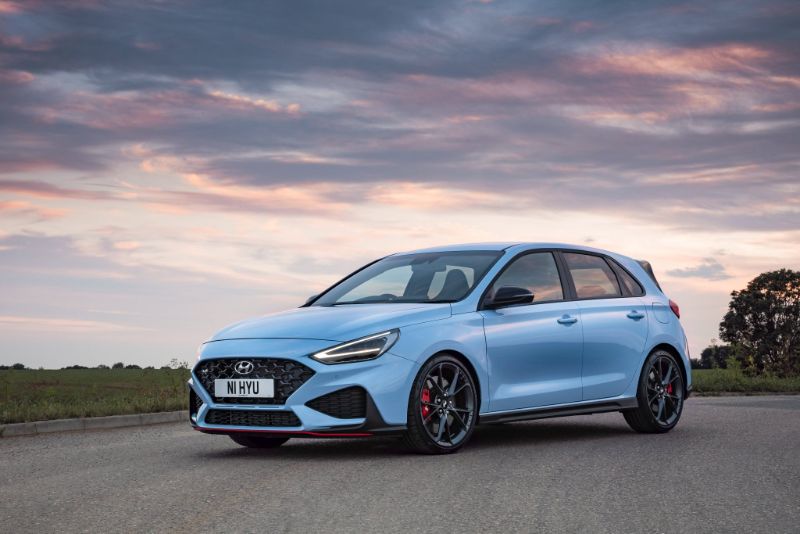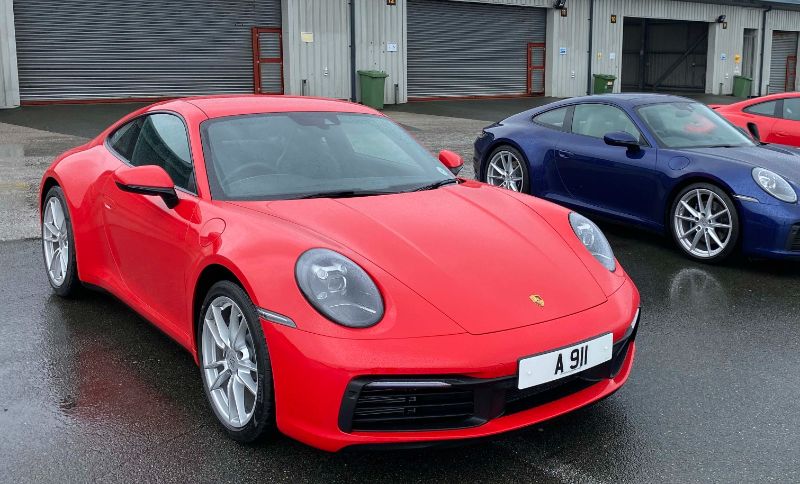Why Buy Private Plates: Benefits and Considerations
Are you looking for a way to stand out on the road and add a touch of personalisation to your car? Look no further than private number plates. In this post, we will explore the world of private plates – from what they are and why they matter, to their benefits and investment value. Personalised plates offer a unique way to express yourself, conceal your car’s age, and even promote your business. But how do you go about buying one? We will guide you through the process of purchasing a private plate, including legal requirements and transfer regulations. Plus, we’ll answer the question on everyone’s mind: does having a personalised plate impact your car insurance? Discover all the reasons why choosing a private plate for your car is worth it.
Why do people choose to buy private plates instead of standard plates?
People choose to buy private plates instead of standard plates because it allows them to personalise their vehicles and stand out from the crowd. Private plates can represent their initials, special dates, or unique words, making it a fun and distinctive way to express their individuality on the road.
Understanding Private Number Plates
Private number plates also known as car registration plates, add a unique touch to your car’s identity, allowing you to express your individuality and stand out on the road. They can also serve as a great conversation starter, making your car instantly recognisable. These personalised plates are like automotive jewellery, adding prestige to your vehicle. With a wide range of DVLA number plates available, you can easily find the perfect plate to match your style and make a statement. Whether you drive an electric vehicle or a classic car, a personalised number plate from Northern Ireland or one associated with Lord Alan Sugar or the Duchess of Cambridge, it’s a fun way to customise your ride with cheap number plates. Suffix DVLA Number plates contain the year identifier at the end of the vehicle registration. Good examples of these types of vehicle registrations are EXC 173D, BLO 550M and JEN 11E.
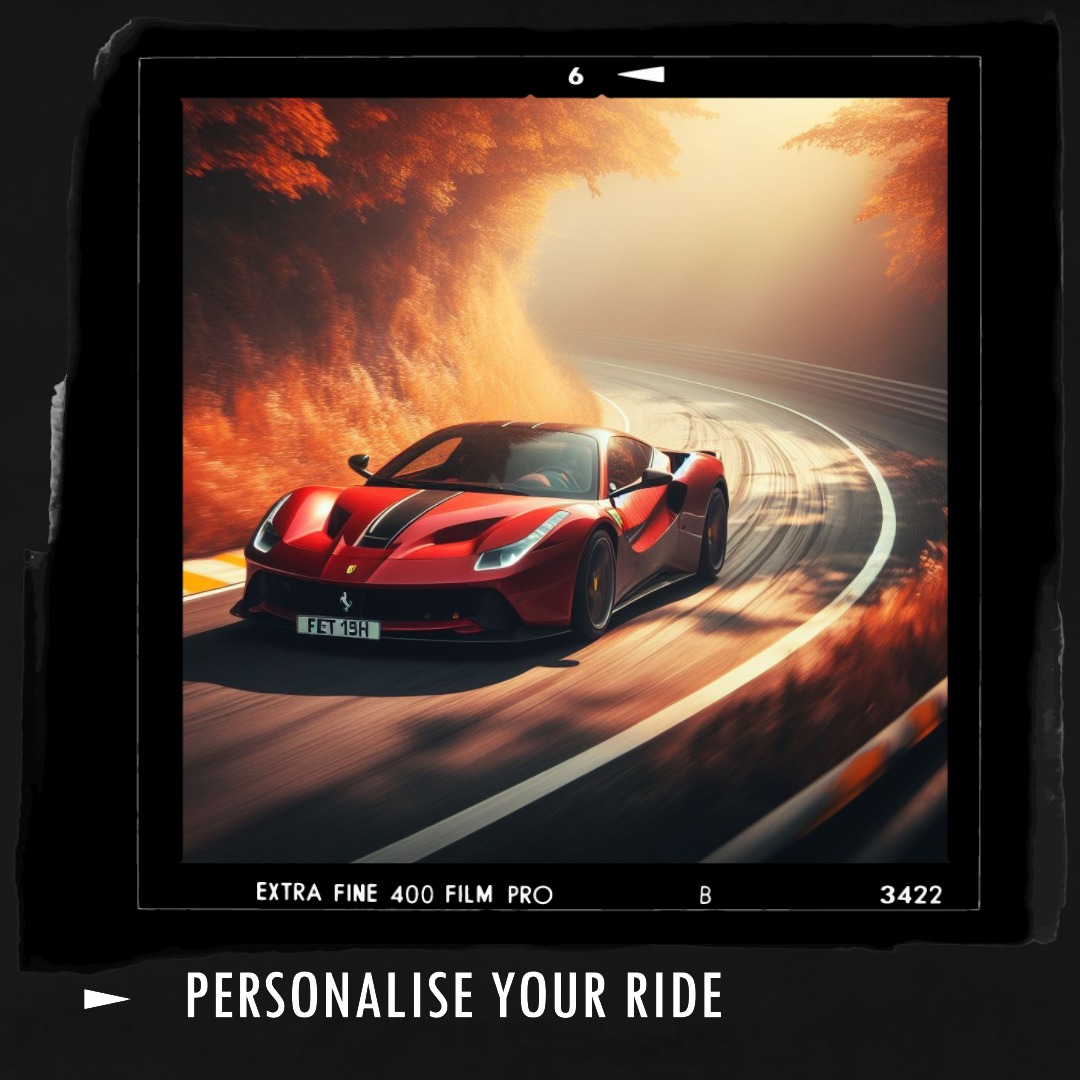
Importance of Personalised Plates
Personalised plates offer a unique way to reflect your personality and interests through your car. They can also make for a perfect gift for car enthusiasts. With a personalised plate, you have the freedom to create a registration that holds personal meaning to you. Moreover, personalised plates make it easier to remember your registration number. By having one, your car stands out from others on the road and adds a touch of exclusivity. It’s a great way to add a personal touch to your vehicle.
Benefits of Having a Private Number Plate
A private number plate offers several benefits for car owners. Firstly, it can effectively conceal the age of your vehicle, allowing you to maintain a sense of privacy and exclusivity. Additionally, using a private plate for business marketing purposes can significantly increase brand visibility, helping your company stand out on the road. Furthermore, personalised plates serve as a unique personalisation tool, allowing you to express your individuality and make a statement with your vehicle. Another advantage is that private number plates can be transferred to different vehicles, providing flexibility and ensuring that your investment is not tied to a specific car. Lastly, having a private plate enables you to create a registration that is easy to remember, making it convenient for both yourself and others. Our commitment to customer satisfaction is unmatched in the industry, making us the go-to choice for all your private registration plate needs.
How it Conceals Your Car’s Age
Concealing your car’s age is made possible with a private number plate. By hiding the age identifier of your vehicle, a private plate ensures that your car’s age remains confidential. This adds an element of mystery and intrigue to your vehicle, giving it a timeless elegance. With a private plate, you can showcase your car without revealing its age, allowing you to maintain a sense of exclusivity. It’s the perfect way to add a touch of personalisation and concealment to your vehicle.
Using It for Business Marketing
Using a private plate for business marketing can establish a strong brand presence and boost recognition. By incorporating your business name or slogan on a personalised number plate, you create a mobile advertising tool that attracts attention wherever your vehicles go. Additionally, having a private plate with your company logo adds a sense of professionalism and sets you apart from competitors. Embracing this marketing strategy showcases your commitment to standing out and leaves a lasting impression on potential customers.
A Unique Personalisation Tool
Personalised number plates are an incredible way to express your individuality and make your car truly one-of-a-kind. With endless options for personalisation, you can create a registration that reflects your interests, hobbies, or even your business. Showcasing your creativity and making a statement on the road has never been easier. Private plates offer the perfect opportunity to stand out and leave a lasting impression with a perfect registration , including cherished number plates. Our team of experts are onhand to help you find the best private number plates for you. Our website is accessible 24/7 so you can browse our selection of private number plates at your convenience. And when you’re ready we are available to provide guidance and support in transferring your chosen registration number onto your vehicle. Don’t miss out on the chance to add a touch of uniqueness to your vehicle and enjoy the great fun of driving with a selection of private number plates.
The Investment Value of Private Plates
Investing in a private plate can be a lucrative opportunity. Certain plates, such as private registration plates, have the potential to appreciate in value over time, allowing you to enjoy your vehicle while also potentially earning a profit. Plates with unique combinations or initials tend to hold their value well, making them desirable assets for collectors. The popularity of personalised registrations further adds to their investment value. So, if you’re looking for a way to make a smart investment and add a touch of personalisation to your car, consider a private plate valuation , which will provide you with a free, no obligation valuation of your registration number..
How to Buy a Private Number Plate?
Buying a private number plate is a straightforward process. Consider your budget and desired combination when choosing a private plate. The DVLA is the official authority for issuing private number plates in the UK, so ensure it meets all legal requirements and regulations.
What are the Legal Requirements for Private Plates?
Private plates must adhere to strict rules set by the DVLA. All private plates need to be registered and assigned to a specific vehicle. Displaying the plate should meet font and spacing guidelines. It’s important not to use private plates to make a vehicle look newer than it actually is. Correct documentation and certification are necessary when purchasing a private plate.
Can a Private Number Plate be Transferred?
Private number plates can indeed be transferred between vehicles. To transfer a private plate, you’ll need to complete the necessary paperwork and pay a fee. This allows you to keep your cherished registration when changing cars, motorcycles, or vans. Remember to inform the DVLA and update your vehicle’s registration documents accordingly. The DVLA charges a compulsory £80 transfer or ‘assignment’ fee to transfer a private number plate to or from any vehicle. This fee will be charged in addition to the cost of the rights to display the private number plate, regardless of who you purchase the plate from. The fee is always paid at the same time when you buy the new registration. Without completing the transfer process, the registration shown on the V5C registration document will not be changed. NewReg are a supplier of personal car registrations and number plates that is registered with the DVLA. They can help you with the transfer process and ensure that all number plates they provide meet the DVLA’s prescribed standards and regulations.
Does a Private Plate Impact Car Insurance?
Private number plates don’t affect car insurance rates. Insurers focus on factors like driving record, vehicle value, and claims history. A private plate is more of a personal preference than a risk factor. It’s important to inform your insurer about any vehicle modifications, including a private plate. Some believe that a private plate may help deter thieves as it makes the vehicle more unique.
Conclusion
In conclusion, choosing a private number plate for your car is a decision that offers numerous benefits. Not only does it add a touch of personalisation and uniqueness to your vehicle, but it also allows you to conceal the age of your car and use it as a marketing tool for your business. Additionally, private plates can hold investment value over time, making them a smart financial decision. If you’re considering buying a private number plate, it’s important to understand the legal requirements and ensure that it can be transferred to your vehicle. Lastly, it’s worth noting that having a private plate does not typically impact car insurance rates. Upgrade your car’s identity today and enjoy the advantages of a private number plate.


